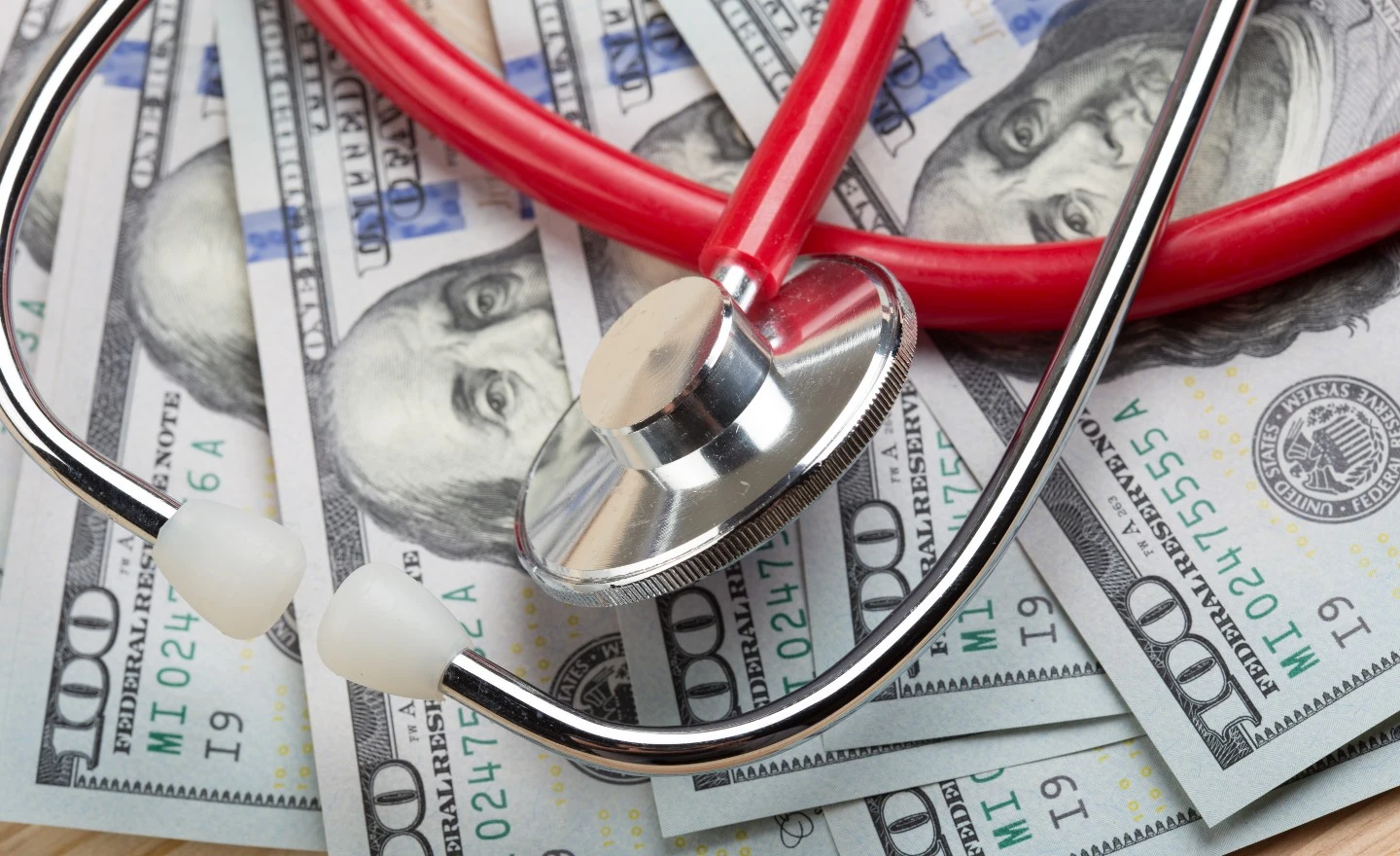
U.S. spending on health care grew by 2.7 percent to reach a total of $4.3 trillion in 2021, or around $12,900 per person, according to new figures from the Centers for Medicare & Medicaid Services (CMS).
Although this growth was slower than the increase of 10.3 percent in 2020, out-of-pocket health care spending accounted for 10 percent of the overall share last year and increased by 10.4 percent — a rate not seen since 1985.
This is from Gianna Melillo, “Out-of-pocket health spending rises at highest rate since 1985,” The Hill, December 15, 2022.
If we had had anything like “normal” years from 2020 to 2021, I would have said that this was potentially good news. Many health economists, including me, have advocated having patients have more skin in the game. We have argued that if they bear a higher percent of the cost, they are more likely to be careful in buying health care. In that case, high out-of-pocket spending could have been what led to a low increase in overall health care spending.
But these have been such unusual years for health care and health care spending that it’s hard to say that that’s what’s going on.
The link in the first quoted paragraph above takes you to the CMS page and on that page you can click and drill down into the data. I haven’t done so yet.

READER COMMENTS
Thomas Lee Hutcheson
Dec 18 2022 at 1:58pm
At lease the slower (negative real) growth in the total is god news.
David Anderson
Dec 19 2022 at 6:50pm
One reason healthcare cost growth slowed in 2021 is because it jumped so much in 2020. Over the two-year period, healthcare costs grew 6.4%, compared with 4.0% growth in CPI and 1% growth in GDP. Some of the 10%+ growth in expenditures in 2020 was due to COVID, but growth also created a higher baseline that moderated 2021’s cost increase. We will probably see a higher increase in 2022 and 2023.
Comments are closed.